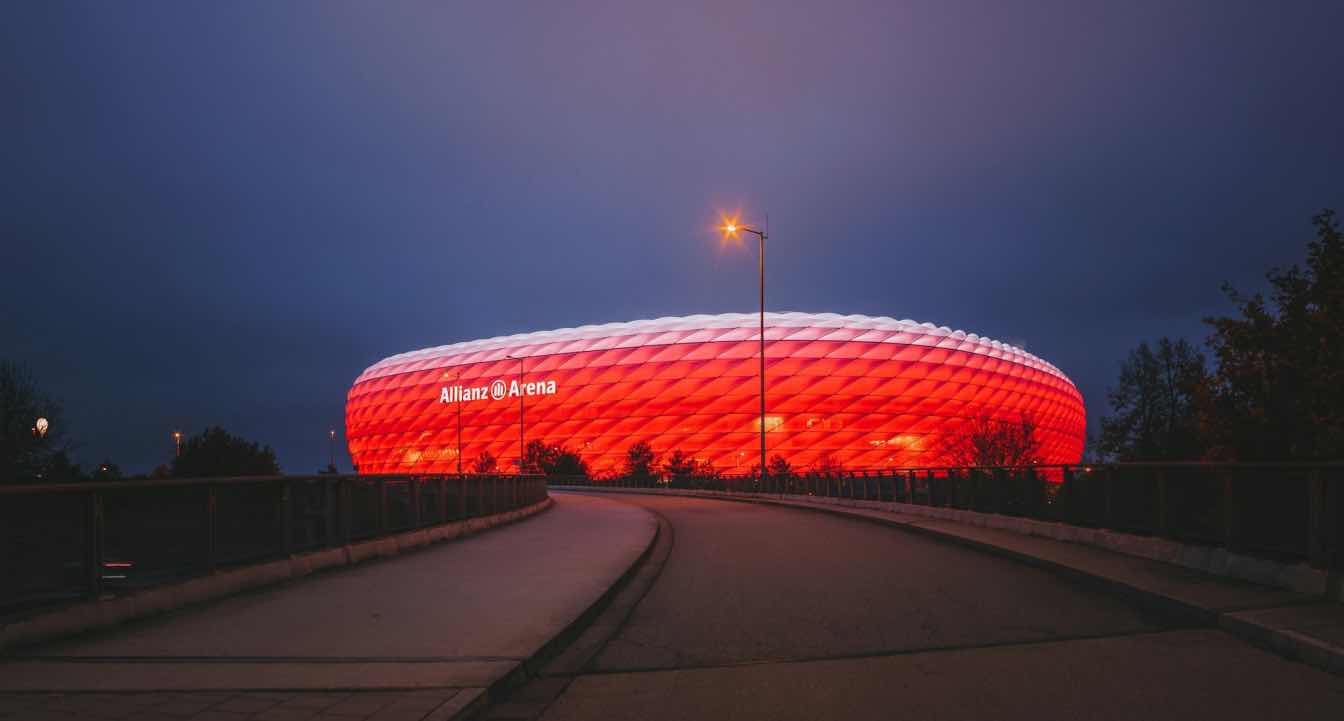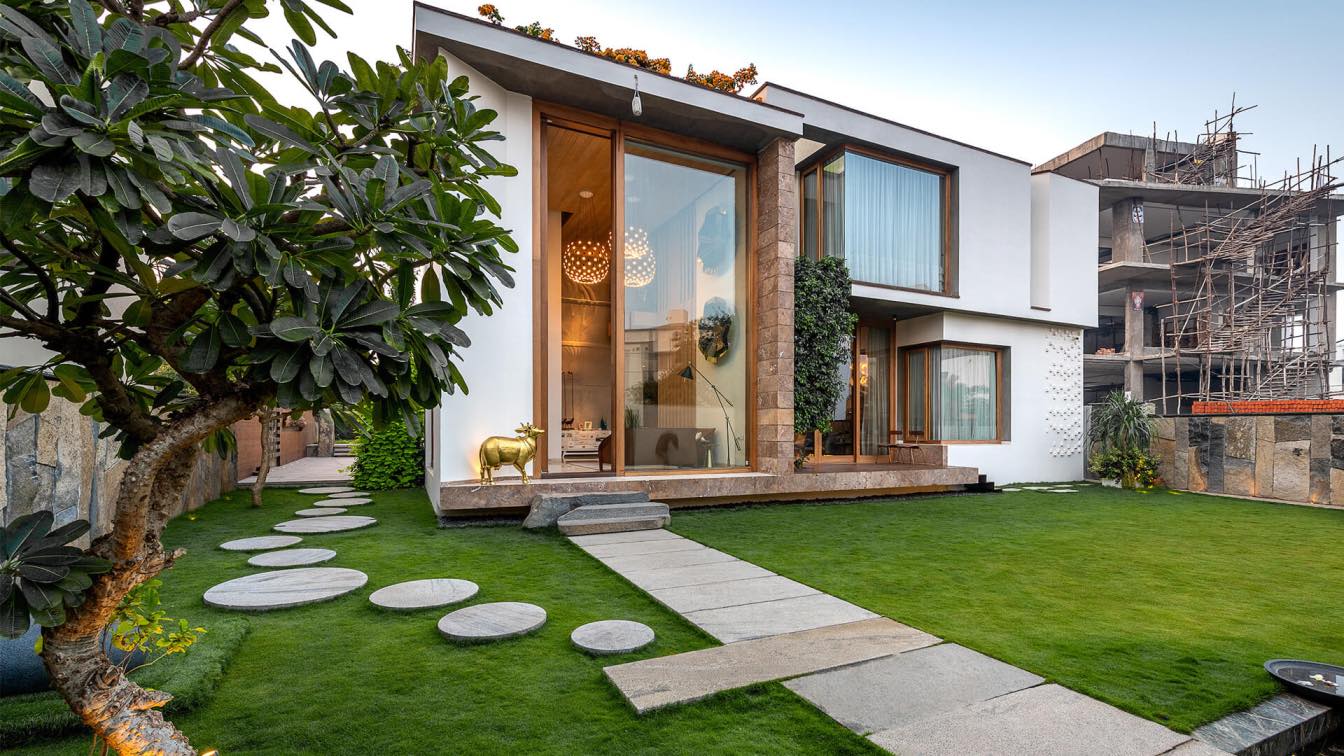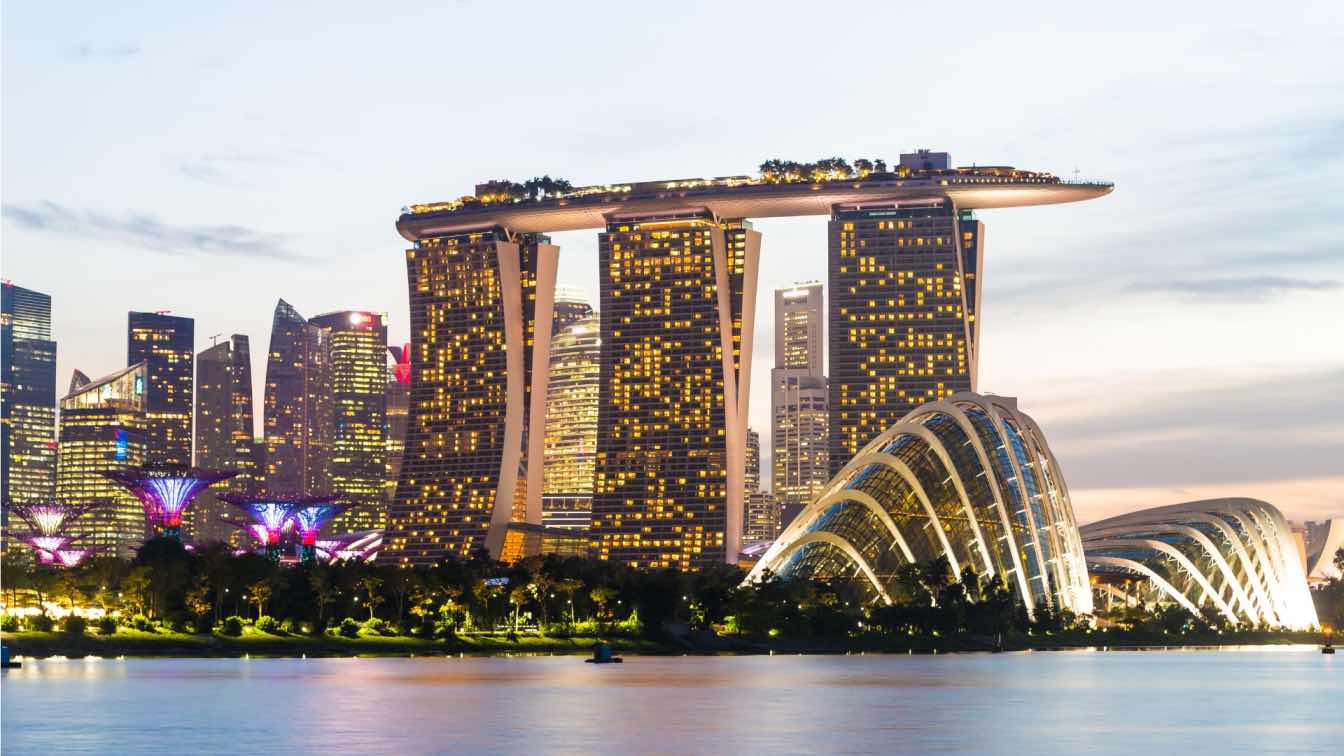With 2024’s edition of the European Championships very much upon us, Germany's impressive lineup of stadiums has, too, been thrust into the spotlight.
These architectural wonders are far from ‘just’ venues for the thrilling football matches that lie ahead; they are testaments to the country's rich, diverse history and innovative design.
Although they didn’t go into the competition as winner favorites according to Boylesports Euro 24 odds, they still won our hearts through plenty of other means. So, let’s explore some of the standout stadiums that play host Euro 2024 games, and dive into their architectural features and historical significance.
1. Allianz Arena, Munich
Architectural Marvel: The Allianz Arena, designed by Herzog & de Meuron, is renowned for its illuminated façade made of ETFE plastic panels that can change colors. This dynamic design allows the stadium to glow in the home team's colors, creating a vibrant and immersive atmosphere.
Historical Significance: The stadium opened in 2005 and since then, the Allianz Arena has quickly become an iconic symbol of modern sports architecture. It hosted matches during the 2006 FIFA World Cup and has been the home ground for Bayern Munich and TSV 1860 Munich. Its innovative design and capacity to host major events have made it a real cornerstone of German football.
2. Olympiastadion, Berlin
Architectural Marvel: The Olympiastadion is a blend of historic and contemporary design. Originally built for the 1936 Olympics, it underwent significant renovations in 2004, led by architects Gerkan, Marg and Partners (GMP). The stadium located in Berlin now features a partial roof that provides shelter while preserving the historic structure.
Historical Significance: The Olympiastadion holds a deep historical legacy, having witnessed key moments in sports and history. From Jesse Owens' legendary performance in the 1936 Olympics to hosting the 2006 FIFA World Cup Final, this stadium is steeped in historical significance and continues to be a premier venue for major events.
3. Signal Iduna Park, Dortmund
Architectural Marvel: Known for its incredible atmosphere, Signal Iduna Park is the largest stadium in Germany, with a capacity of over 81,000. The stadium is famous for its steep stands and the "Yellow Wall," a single-tier terrace that creates a formidable sight and an electric atmosphere.
Historical Significance: Originally opened in 1974 for the FIFA World Cup, Signal Iduna Park has evolved into a fortress for Borussia Dortmund. Its continuous expansions and modernizations have ensured that it remains one of the most intimidating venues for visiting teams and a cherished home for passionate fans.
4. Mercedes-Benz Arena, Stuttgart
Architectural Marvel: The Mercedes-Benz Arena combines modern aesthetics with functionality. The stadium, renovated between 2009 and 2011, features a sleek design with a retractable roof and state-of-the-art facilities, making it a versatile venue for various events.
Historical Significance: Since its inauguration in 1933, the Mercedes-Benz Arena has hosted numerous important matches and events, including the 1974 and 2006 FIFA World Cups. Its continuous upgrades have preserved its status as a key sports venue in Germany, blending tradition with modernity.
5. Red Bull Arena, Leipzig
Architectural Marvel: The Red Bull Arena, designed with a unique "stadium within a stadium" concept, integrates the old Zentralstadion into its structure. This innovative design includes a modern seating bowl within the original stadium's historic bowl, creating a striking visual contrast.
Historical Significance: Opened in 2004, the Red Bull Arena has become a symbol of Leipzig’s resurgence in German football. It stands on the site of the old Zentralstadion, which once held over 100,000 spectators and was a centerpiece of East German sports culture. The new design respects this legacy while providing a modern venue for RB Leipzig and international events.
6. Volksparkstadion, Hamburg
Architectural Marvel: The Volksparkstadion, redesigned in the late 1990s, features a distinctive rectangular roof supported by a series of masts and cables, creating a futuristic appearance. Its modern amenities and design ensure an excellent experience for both fans and players.
Historical Significance: Originally opened in 1953, the Volksparkstadion has hosted significant matches, including those in the 1974 and 2006 FIFA World Cups. The stadium's redevelopment has maintained its importance as a premier venue in Germany, hosting both football matches and large-scale events.
These stadiums are not just venues for Euro 2024 but are integral parts of Germany’s architectural and cultural heritage. Each structure tells an interesting story of innovation, history, and the unifying power of football.
As we gear up for the final knockout stages of the tournament, these architectural marvels will undoubtedly provide the perfect backdrop for unforgettable moments on the pitch.





